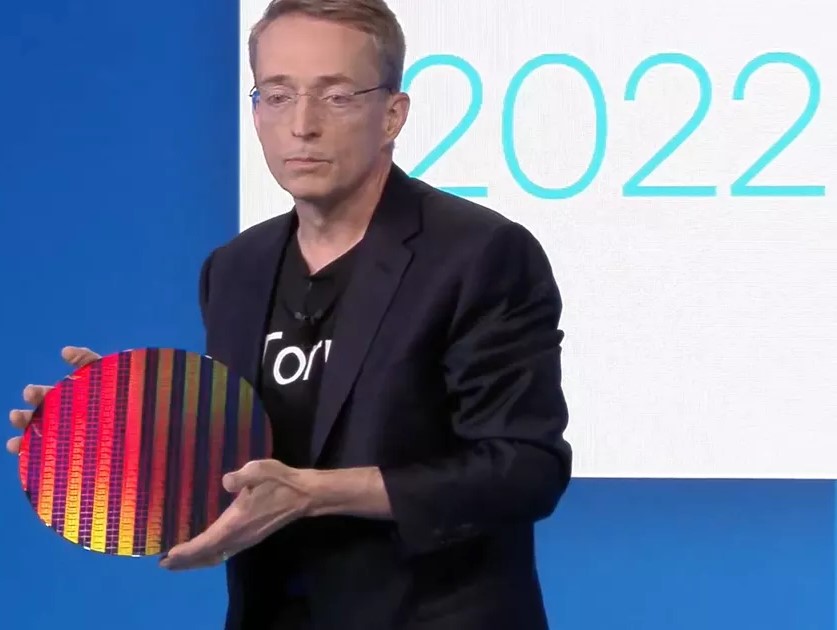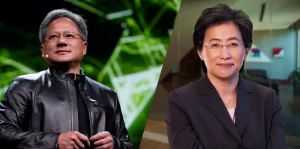Introduction
In a recent presentation at the Deutsche Bank’s 2023 Technology Conference, Intel’s CEO Pat Gelsinger unveiled an ambitious plan to restore Intel’s leadership in the chip fabrication industry.
This move comes after years of setbacks that saw the Taiwanese-based TSMC surge ahead in the race for semiconductor manufacturing supremacy.
Intel’s journey to reclaim its position is marked by a bold strategy that includes a series of advanced node technologies and a commitment to delivering faster and more efficient chips.
In this blog post, we’ll explore Intel’s roadmap to regaining its throne in the chip fabrication pecking order.
Read more: Intel outsources chip manufacturing to TSMC worth $19 Billion
The Challenge: TSMC’s Dominance and Apple’s Exodus
Intel’s troubles began as it struggled to scale down its node technology from 14 nm to 10 nm, a process that took several years.
During this period, TSMC emerged as the leader in fabrication technology, with Apple becoming its largest customer.
Apple’s decision to drop Intel’s chips from its Mac lineup in 2020 was a significant blow to the US-based chip giant.
Furthermore, Apple opted to utilize TSMC’s more advanced fabrication technology for its custom Mac silicon.
Read more: How TSMC & ASML Monopolised the world?
Intel’s Countermove: Collaborating with TSMC
To stay competitive, Intel took the unusual step of contracting TSMC to fabricate parts of its next-generation ‘Meteor Lake’ chips.
These chips utilize a combination of node technologies: the CPU tile is fabricated using the ‘Intel 4’ node (7 nm).
The GPU tile uses TSMC’s 5 nm node, while the SoC tile and IOE tile rely on TSMC’s 6 nm node.
This move was indicative of Intel’s willingness to adapt to the changing landscape of chip fabrication.
Pat Gelsinger’s Vision
When Pat Gelsinger assumed the role of Intel’s CEO in early 2021.
One of his primary objectives was to restore Intel’s position as the market-leading foundry.
In his presentation, Gelsinger highlighted that Intel is now two and a half years into its transformation program.
And expects to regain process leadership in 2025 with its 18A node.
Intel’s Manufacturing Roadmap
To achieve this goal, Intel is steadfastly following its manufacturing roadmap, which includes delivering five nodes in four years.
Gelsinger announced that after Meteor Lake (expected to launch soon).
Intel will be ramping up its Intel 3 process (5 nm).
Even more exciting is Intel’s 18A node (1.8 nm), which has already been successfully taped out and is on track for 2025.
The prospect of an 18A node raises questions about which “large customer” pre-paid.
for it, and this mystery only adds to the intrigue.
Read More :Intel’s Foundry Business Gets a Huge Vote of Confidence | The Motley Fool
Competition in the Foundry Sector
TSMC, too, has ambitious plans and claims to be on track for its 2 nm process node in 2025.
The company boasts major customers such as Qualcomm, Nvidia, AMD, MediaTek, and Apple.
Intel, undoubtedly, will be eager to secure partnerships with at least one of these industry giants to bolster its own economies of scale.
However, it’s important to note that investing in these new process nodes is a multi-billion-dollar endeavor, underlining the fierce competition in the foundry sector.
Conclusion
The race to dominate the chip fabrication industry is heating up, and Intel CEO Pat Gelsinger has laid out a bold vision to lead the way.
With a commitment to advanced node technologies and a clear roadmap, Intel aims to regain process leadership by 2025.
As competition intensifies, customers stand to benefit from faster and more efficient chips, ultimately driving innovation and progress in the semiconductor industry.
The next few years promise to be a thrilling chapter in the ever-evolving world of chip fabrication.




